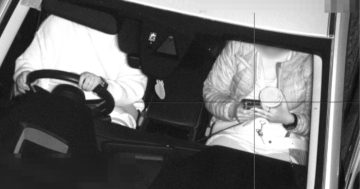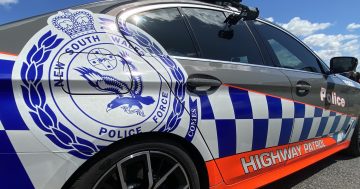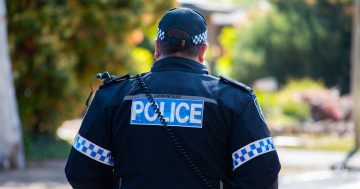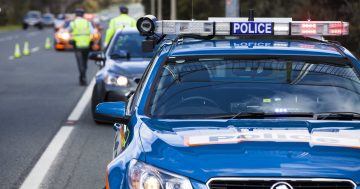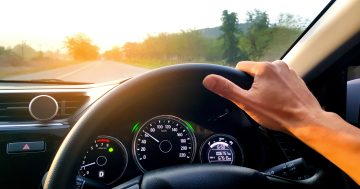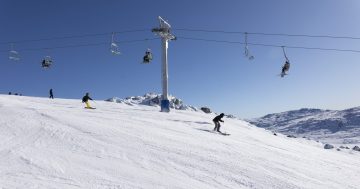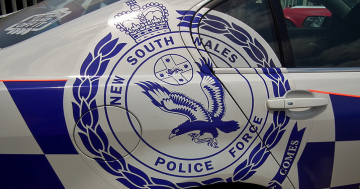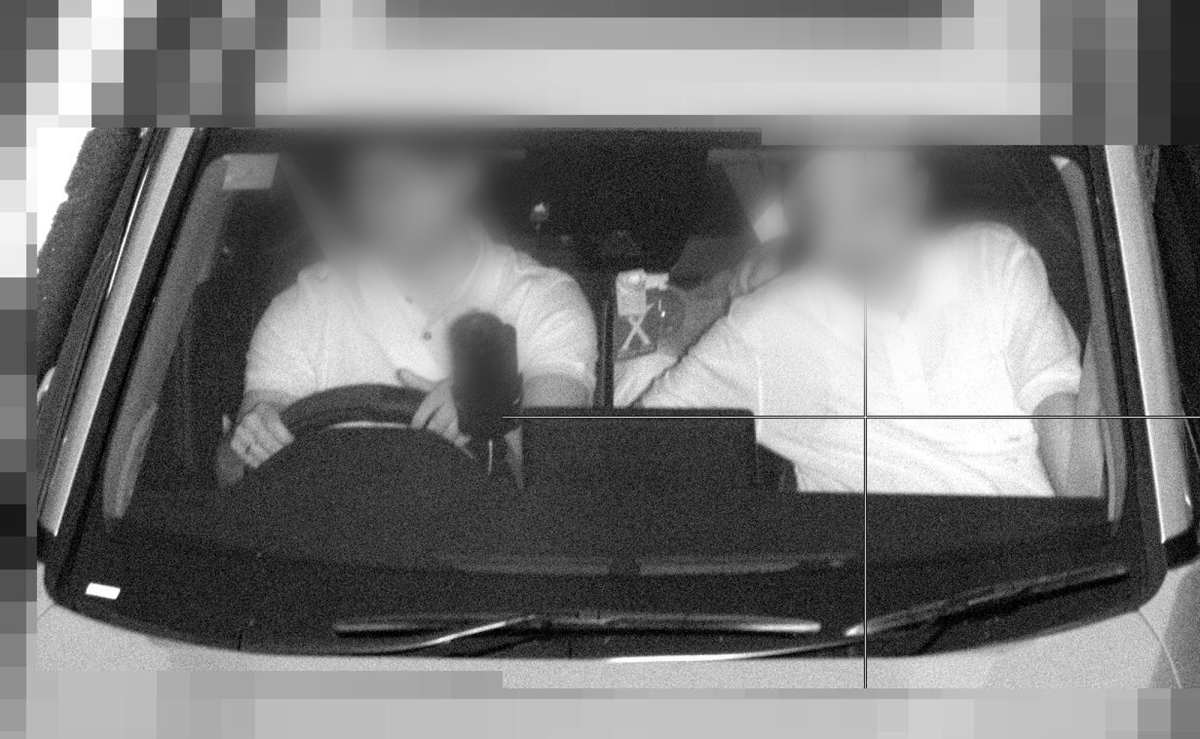
Despite seatbelts being compulsory for more than 50 years, some people, like this passenger caught on a mobile phone camera, still haven’t got the message. Photo: NSW Government.
The vast majority of Aussies have enjoyed the pleasure of two long weekends in a row – a brief but welcome respite from the 9 to 5 and the humdrum of everyday life.
Many took advantage of the combination of school holidays, long weekends and a few extra days of leave to have a decent break away from it all.
But sadly, by the end of this Anzac Day weekend, some families will never be whole again.
Their memories of this time of year will be of grief and loss, of a loved one who will never again take a seat at the family table, or enjoy another gathering.
They are the unseen victims of road fatalities. Their lives have been shattered in an instant – one vital second that was the difference between life and death.
Already this year, 98 people have died on NSW roads. That’s an awful lot of shattered family and friends left behind to try and pick up the pieces of a life that will never be the same again.
Many road fatalities are due to sheer bad luck, being in the wrong place at the wrong time – an accident in every sense of the word.
However, other accidents could be avoided if people did the right thing and followed the rules which are not there to spoil our fun but to keep all road users safe as they travel from point A to point B. Sounds so simple doesn’t it?
Take seat belts for example.
In NSW it has been compulsory to wear seat belts since 1971 – that’s more than 50 years ago.
Whole generations of drivers and passengers have never known anything other than jumping in a car and putting on a seat belt. It’s as natural as breathing – or at least should be.
Wearing a seatbelt doubles the chance of surviving a crash and reduces the risk of injury. So why do people still take the risk of travelling without one? Each year in NSW, an average of 29 drivers and passengers are killed, and another 70-odd are seriously injured because they didn’t belt up.
Last year, 35 people died because they weren’t wearing a seatbelt.
Consider these staggering numbers.
Over the peak summer holidays period, from 24 December 2024 to 5 January 2025, there were 7000 seatbelt offences recorded across the state.
Over the Australia Day long weekend this year there were more than 1300 seatbelt offences.
I’m shocked that in 2025, it’s still such a problem that the government issued a reminder before Easter for people to “click clack, front and back”.
Quite apart from the risk to your life and health, these offences can risk a licence and make a real dent in the hip pocket.
I’d be mortified if I had to tell my family, friends and boss that I lost my licence because I wasn’t wearing a seat belt.
Obviously 318 people travelling over the Easter weekend weren’t at all worried, because that’s how many restraint-related offences (failing to wear a seatbelt or not wearing it correctly) were recorded in NSW.
And drivers still don’t seem to be getting the message about the dangers of speeding, using phones while driving and drink/drug driving.
It’s frightening to think that during the four-day Easter break, police caught almost 5000 people who thought it was OK to speed, or who thought they wouldn’t get caught speeding.
In one case, police stopped a Ford Mustang which they allege was travelling at 238 km/h in a 110 km/h zone on the Hume Highway at Mittagong.
The 18-year-old male driver allegedly did not have his P-plates on the car. For the next three months he won’t have a car on which to display them, after police seized the Mustang.
Another young P-plate driver lost her car after she was allegedly caught speeding three times within the space of four hours, also on the Hume Highway.
A further 340 drivers were charged with drink driving and there were 802 positive detections for drug driving.
Sadly, three people won’t be celebrating Easter with their families next year.
Their deaths should be a sobering message to all drivers to realise that operating what has the potential to be a lethal weapon is truly a privilege, not a right.
And with that privilege comes responsibilities, none more so than the responsibility of being an attentive, safe, law-abiding driver.









